Transnistria: The breakaway republic is a little Russia inside Moldova — and Lenin is watching you
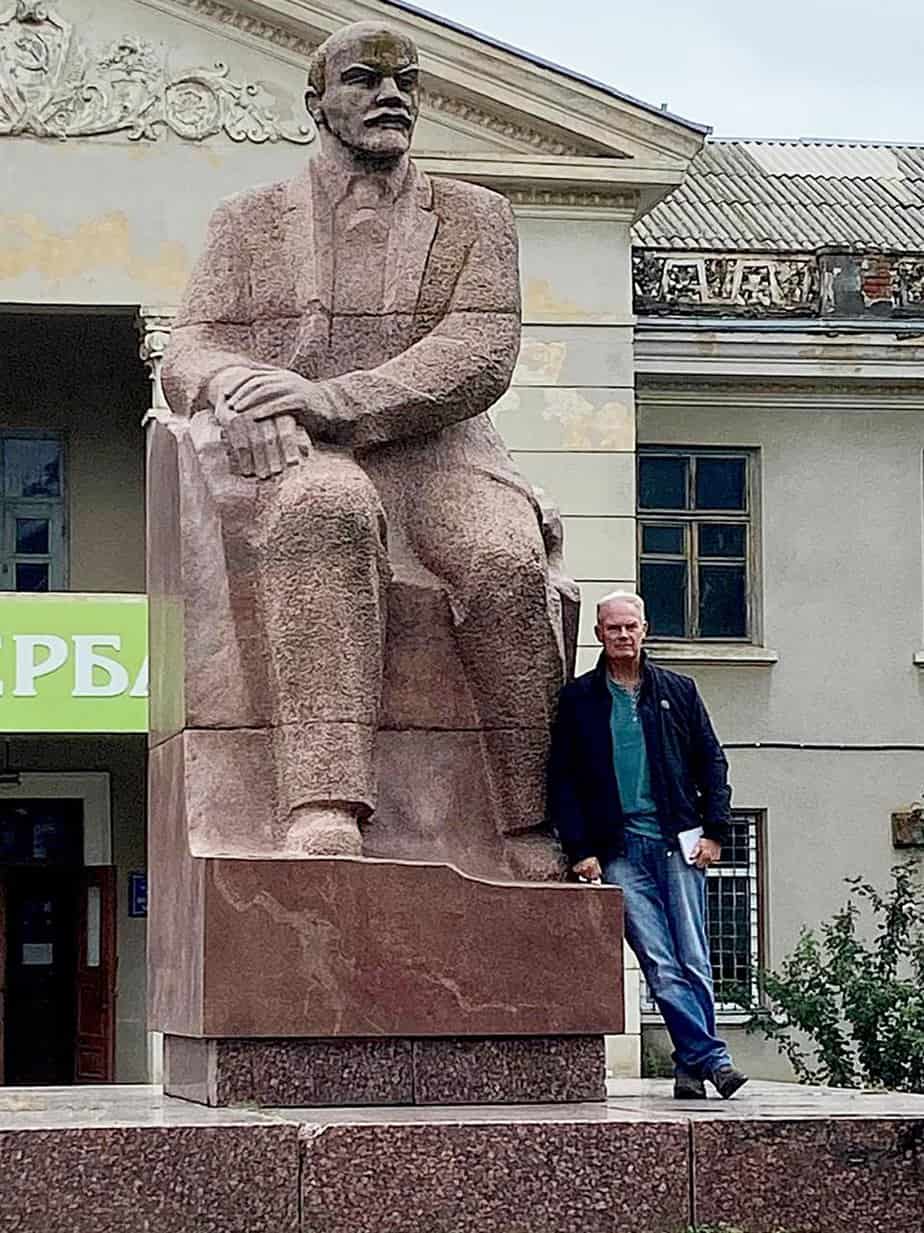
(This is the last of a series of blogs on Moldova, Romania and Transnistria.)
TIRASPOL, Transnistria – The hammer and sickle loomed over me like the chilling ghost that haunted the Soviet Union for more than 70 years. It was the first time I’d seen the working Soviet symbol in person. I’d been to Russia three times since the collapse of the USSR in 1991 and only saw the hammer and sickle in antique markets specializing in nostalgia.
But there I stood last month, at a border crossing, looking up at a big round plaque adorned with a yellow hammer and sickle below a red star. Only a strange garland of corn framing them told me that I hadn’t stepped back in time 40 years.

Yet when I went across the line, for 24 hours I felt very much as if I’d stumbled into Mother Russia. I was traveling through Moldova, where everyone speaks the Romanian language and writes with the Latin alphabet. But inside Moldova is a sliver of land the size of Rhode Island where everything is Russian all the way to the borscht in the simple restaurants.
In the land of Transnistria, the entire population of 450,000 speaks Russian. All signs are in Cyrillic. Its monetary unit is the ruble. Its flag sports the hammer and sickle. It has 20 statues of Vladimir Lenin. I kept looking around for ballistic missiles. I didn’t find any.
But in the middle of a road divider next to a Russian Orthodox church I saw a Russian tank.
However, the locals have a fierce sense of independence which fits its image of a modern breakaway Russian republic. Transnistria has its own government, its own military, its own postal service, its own SIM card, even its own vodka.
“Visitors think we’re a communist country. But we’re not. We’re a full democracy. It is capitalism.”
Speaking was Andrey Smolenskiy, manager of PMR Tours which features fascinating guided tours of everything that is Transnistria, from Soviet tours to tours of a fish farm to a cognac distillery. We were sitting in his beautiful Toyota Highlander van where he and his colleague, Valeriu Gherciu, took me from one end of their isolated little republic to the other.
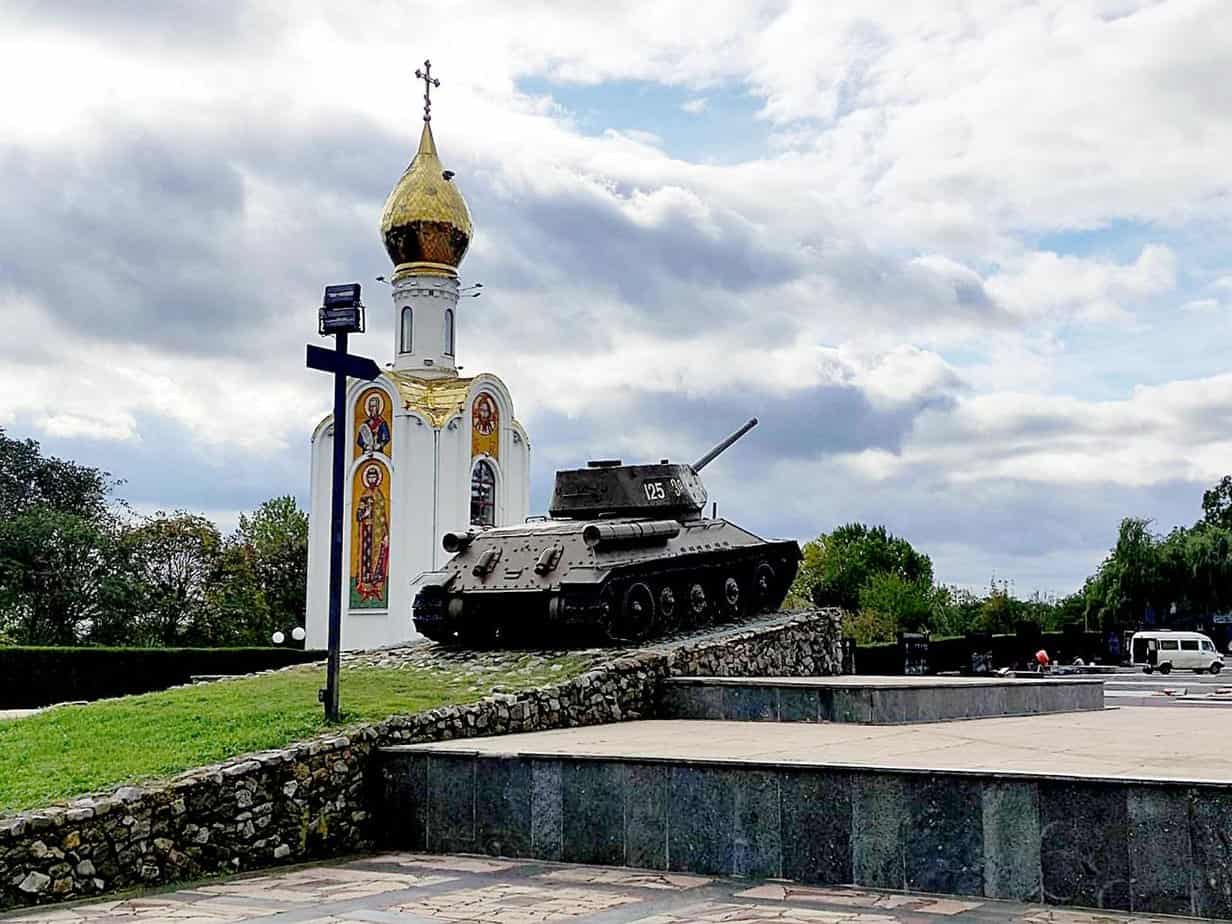
Andrey, 40, has a compact build, thinning hair, beard and a ready smile. He exudes a carefree nature punctuated with brutal honesty I doubt seen often in the Soviet Union. Born and raised in Transnistria, he once spent six months in an office job in Watford, England, and his English is superb. In fact, he made himself very clear when I called from Moldova inquiring about his tours.
“We do NOT call it Transnistria,” he told me over the phone. “It is Pridnestrovian Moldavian Republic, or PMR.”
He said he doesn’t feel Russian. He doesn’t feel Moldovan. “I feel Pridnestrovian,” he said.
I felt warned.
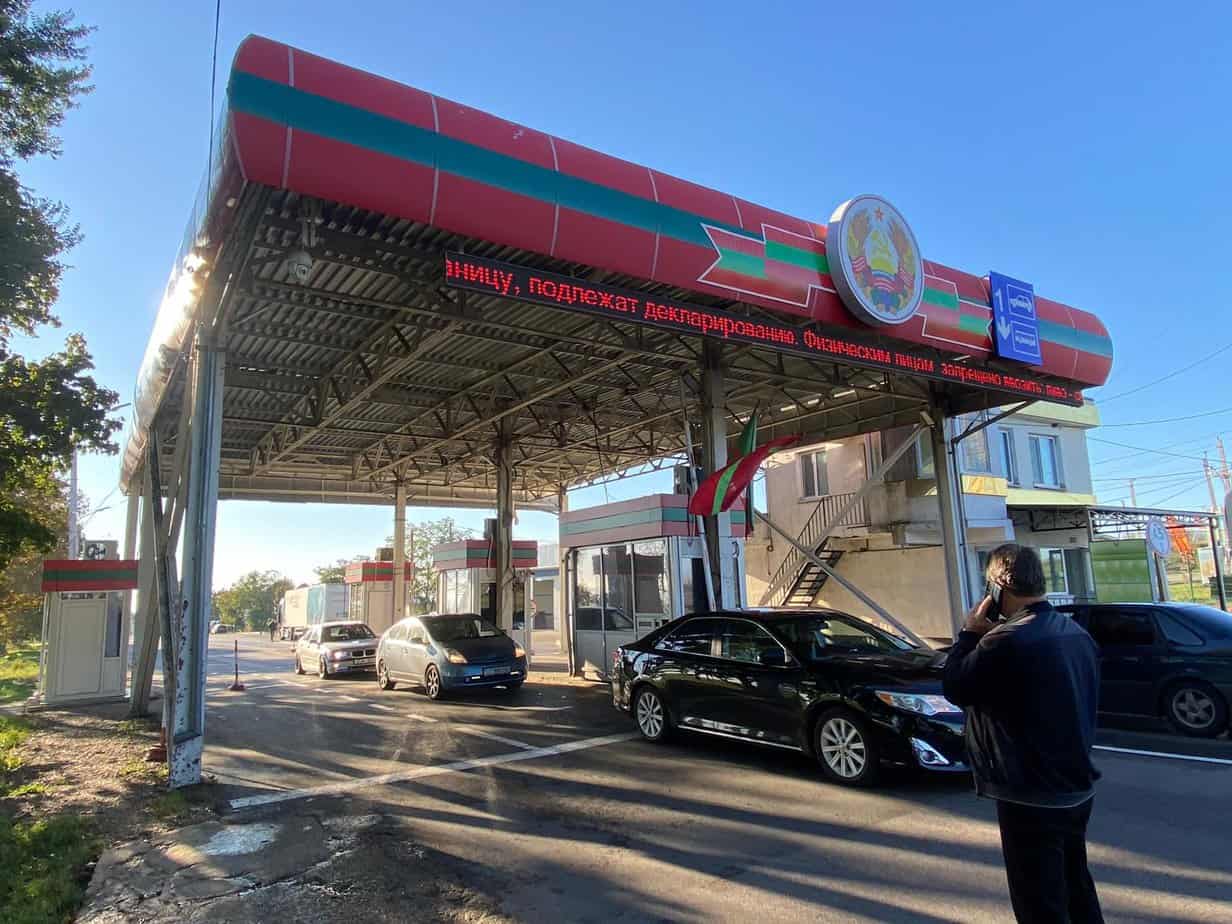
Getting there
Among travelers, breakaway Russian republics are hidden novelties. They are a challenge to enter and understand. While hiking in the Republic of Georgia six years ago, I came to the border of South Ossetia, one of Georgia’s two Russian breakaway republics along with Abkhazia.
I knew entry was forbidden but I approached anyway. The Russian border guard said nothing. He just stared at me. If looks could kill I’d be writing this posthumously.
Transnistria (Sorry, Andrey. This is what the West calls it.) isn’t a bureaucratic nightmare wrapped in red tape. It’s more North Macedonia than North Korea. I didn’t even need to book ahead.
To reach Transnistria, I took one of the Moldovan vans called a marshrutka from the capital of Chisinau about 90 minutes southeast. We came across that huge gate with Transnistria’s hammer and sickle symbol. Underneath waved its green and red striped flag, emblazoned also with the yellow hammer and sickle.
I entered a small, crude booth where I handed my passport to a buzzcut border official who mumbled something in Russian without looking up. Assuming he asked how long I intended to stay (you’re allowed 45 days) I said, “One day.” He mumbled something else. Most visitors make day trips. If you stay the night, you must provide the name and address of the hotel.
“CityClub Hotel,” I said.
He handed me my passport and a small slip of paper stating I had exactly 48 hours to leave Transnistria. Research revealed one tip: Do. Not. Lose. It.
As we drove toward the capital of Tiraspol, I could sense the change in cultures from Moldova. All the street signs were in Cyrllic. The buildings seemed nicer. Some buildings looked like ski lodges. We passed a modern soccer stadium that put some in the Italian league to shame. Russia’s modernization had obviously spilled into its little breakaway.
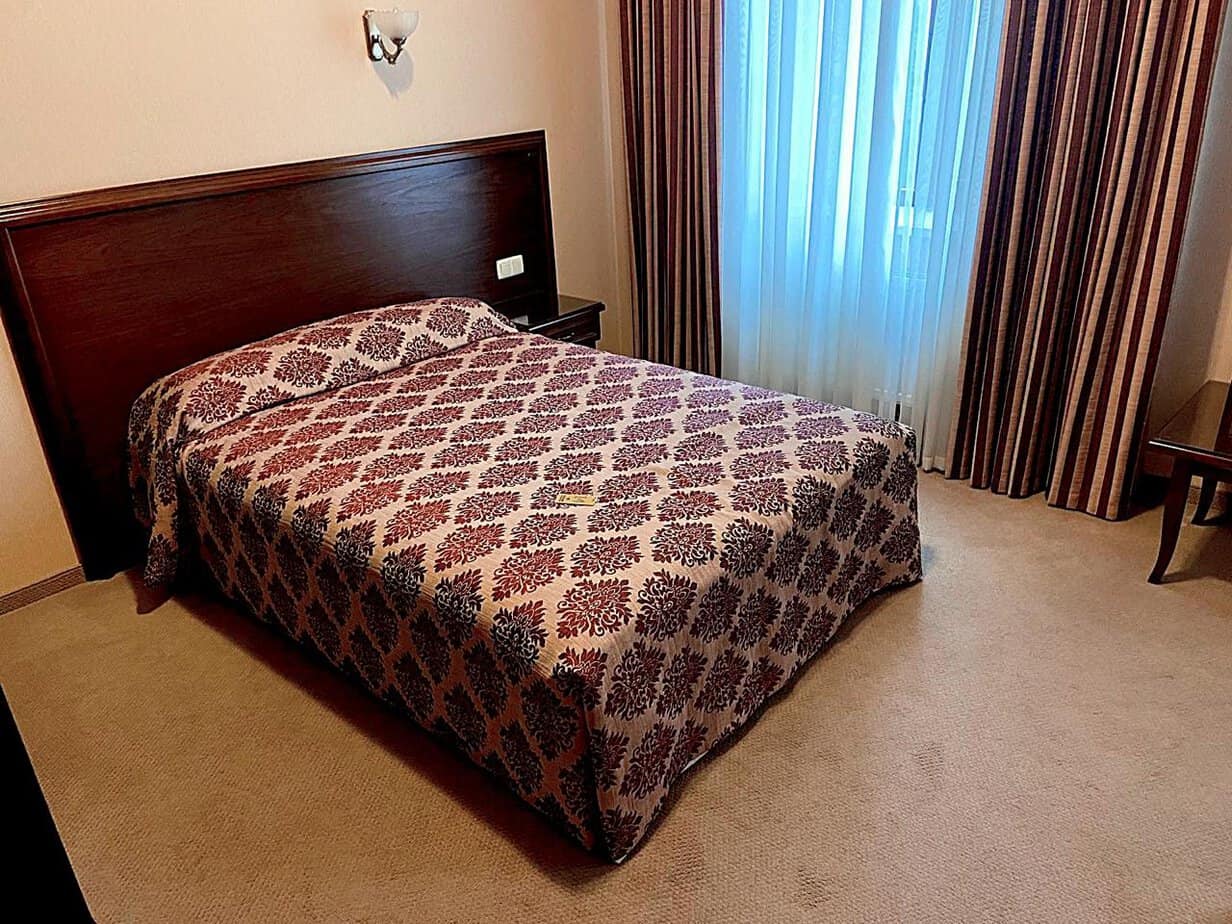
But my CityClub Hotel reeked of old Russia. From the generic name to the dark lobby to the empty bar to the barebones but comfortable room, its four-star listing may have been accurate in 1960s Stalingrad but not now.
Transnistria’s logistic difficulties begin after you cross the border. Credit cards are not accepted anywhere. Only Transnistria’s cash cards (Yes, they have those, too.) work in cash machines. Hotels and tour agencies will accept Moldavian lei but restaurants, merchants and service industries only accept PMR rubles.
Failing to find a change office to buy a badly needed lunch, I hauled my empty stomach into Andrey’s van and we took off on our Village Tour. I was about to see one of the strangest lands in Europe.
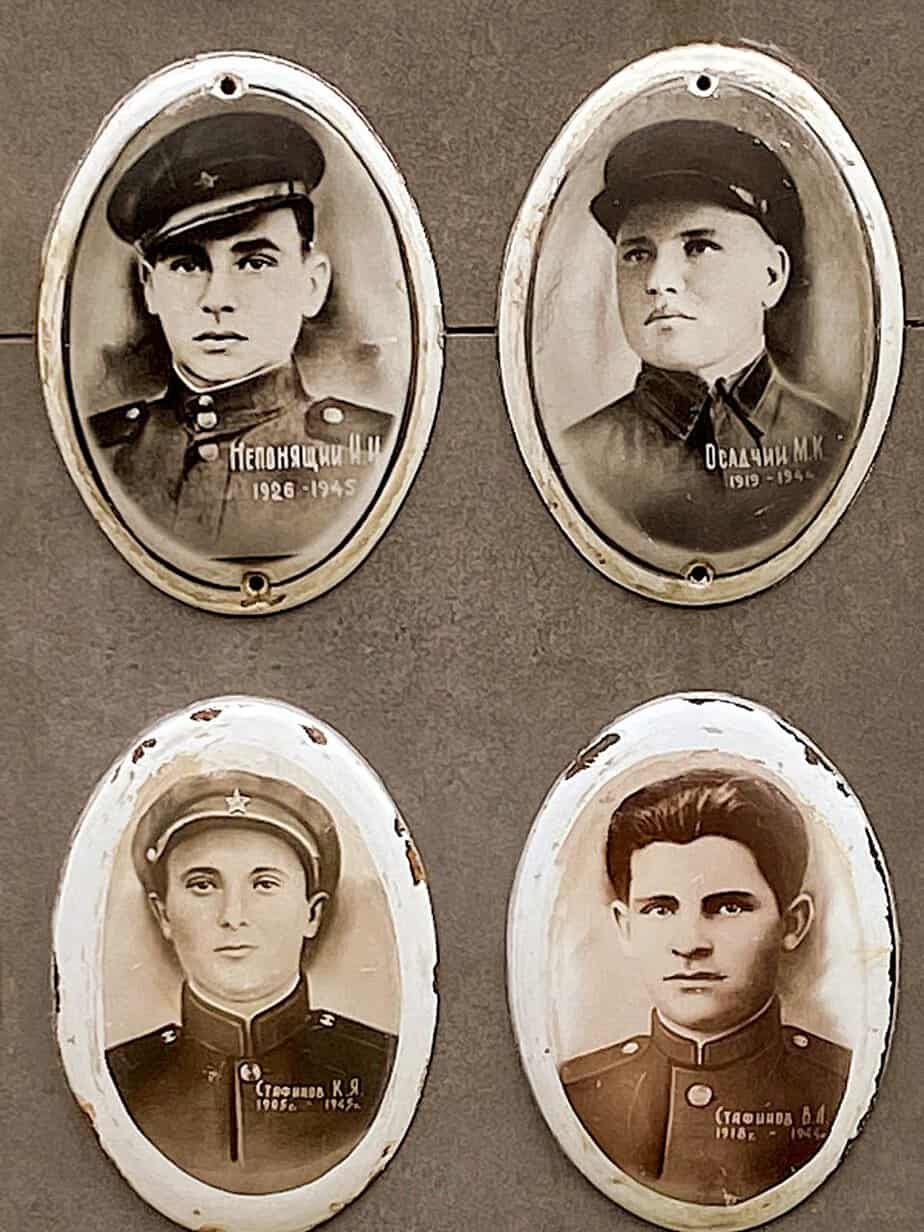
Transnistria history
Between World War I and II, Transnistria was part of Soviet Ukraine and known as Moldovan Autonomous Soviet Socialist Republic. At the end of World War II, Moldova became part of the Soviet Union which combined it with the Moldovan ASSR. When Soviet premier Mikhail Gorbachev’s perestroika policies allowed more political freedom at the regional level in the late 1980s, Moldova moved fast. In 1989, it named Moldovan as its official language, Latin the official alphabet and minorities, particularly the Russians, were to be expelled.
Only one problem. This narrow strip of land 255 miles (410 kilometers) long and 30 (50 kilometers) wide is mostly populated by Russians and Ukrainians. In 1990, Transnistria declared itself a Soviet republic independent from Moldova. When the USSR collapsed in ’91, Moldova became independent, and Pridnestrovian Moldavian SSR declared its independence from the Soviet Union, much to the chagrin of suddenly nationalistic Moldova.
Clashes broke out between Moldovan armed forces and Transnistrian separatists. By 1992, the war intensified and occupying Russian troops decided the best way to make peace was firing on Moldovan troops. Approximately 700 died. On July 21, 1992, both sides signed a ceasefire agreement.
It has remained to this day.
Transnistria has also remained highly isolated. The United Nations considers it part of Moldova. Its independence is only recognized by South Ossetia and Abkhazia.
Moldova has no direct control over Transnistria and neither does Russia but Russia does have 1,500 troops here and maintains economic, political and cultural influence. According to Politico, Transnistria has asked Russian prime minister Vladimir Putin to protect it from increased pressure from Moldova. Moldova, in turn, has accused Putin of trying to destabilize Moldova with his handling of Transnistria in trying to prevent Moldova from joining the European Union.
Through the turmoil, the ghost of Vladimir Lenin has watched it all.

Village Tour
As we headed to the outskirts of Tiraspol, on the side of a road I spotted a small decorated box, the kind usually reserved for religious shrines. Inside was a gold bust, shining bright despite a gray, overcast day in the 60s. It was a statue of Lenin. I asked Andrey simply … “Why?”
“Wait,” he said. “You’ll see more.”
We passed fields of corn, wheat, tomatoes and potatoes. Walnut trees lined the well-maintained two-lane highway. I wondered if Transnistrians survived when Soviet prime minister Joseph Stalin starved an estimated 7 million people to death. The locals seem to have selective rationalization.
We stopped in the village of Cioburciu and entered a magazin, a Russian convenience store built in 1958. It had a beautiful ceiling of turquoise and white artwork, like the inside of Moscow’s famed artsy subway stations. But across the street, in front of the local house of culture, stood a statue of Lenin 15 feet high. He was sitting, his eyes peering with his trademark perpetual frown.
He looked ready to eat Armenia.

How odd. In Germany there are no statues of Hitler. Romania has none of Nicolai Ceausescu. Statues of Stalin and Lenin have been toppled from Estonia to Azerbaijan. Why does Transnistria still have nearly two dozen statues of a man who established the gulag prison system, the KGB, the collectivization of farms, executions with no due process and a one-party state and also killed an estimated 8 million people?
“I can tell this explanation from our minister of foreign affairs,” Andrey said. “‘We do not make any war against history.’”
It seemed like a copout. The American South has fought against the removal of statues of Confederate Civil War leaders. Its history is slavery. We should make war against that.
I pressed Andrey.
“Lenin, this guy was at the beginning of the Revolution,” he said. “They started praising him passionately in the ‘70s in the (Leonid) Brezhnev period. They made thousands and thousands of statues and put them up as a Soviet symbol in the Soviet republics.”
So where was Stalin? He was considered a champion of the working class and is still missed by some in Russia. However, starving to death his own population didn’t look good on his resume.
“Lenin was a revolutionary, the founder of the country,” Andrey said. “Stalin was a dictator. Lenin died too early. If he stayed another 20 years, you would not see statues around here.”
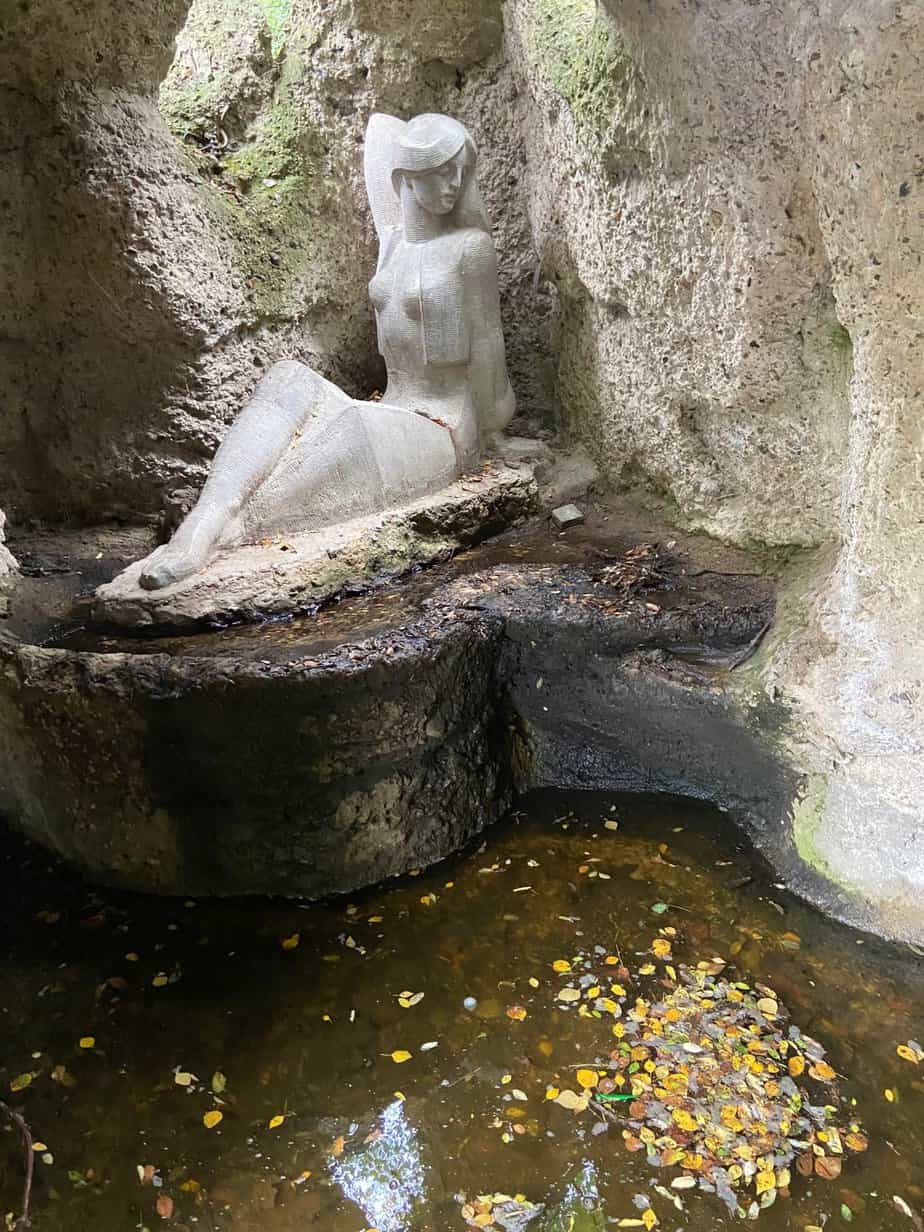
Despite Lenin’s looming presence, Cioburciu is a charming village of 5,000 people. They took me to Dmitri Rodin Park where Rodin, a renowned Cioburciu architect, returned from World War II and built a lovely park in 1958. The green space is anchored by a pond featuring statues of a maiden gathering water and another woman seated inside an enclosure.
Walkways meandered under big shady trees with seating areas, perfect for reading Dostoevsky or Pushkin on a sunny summer day.
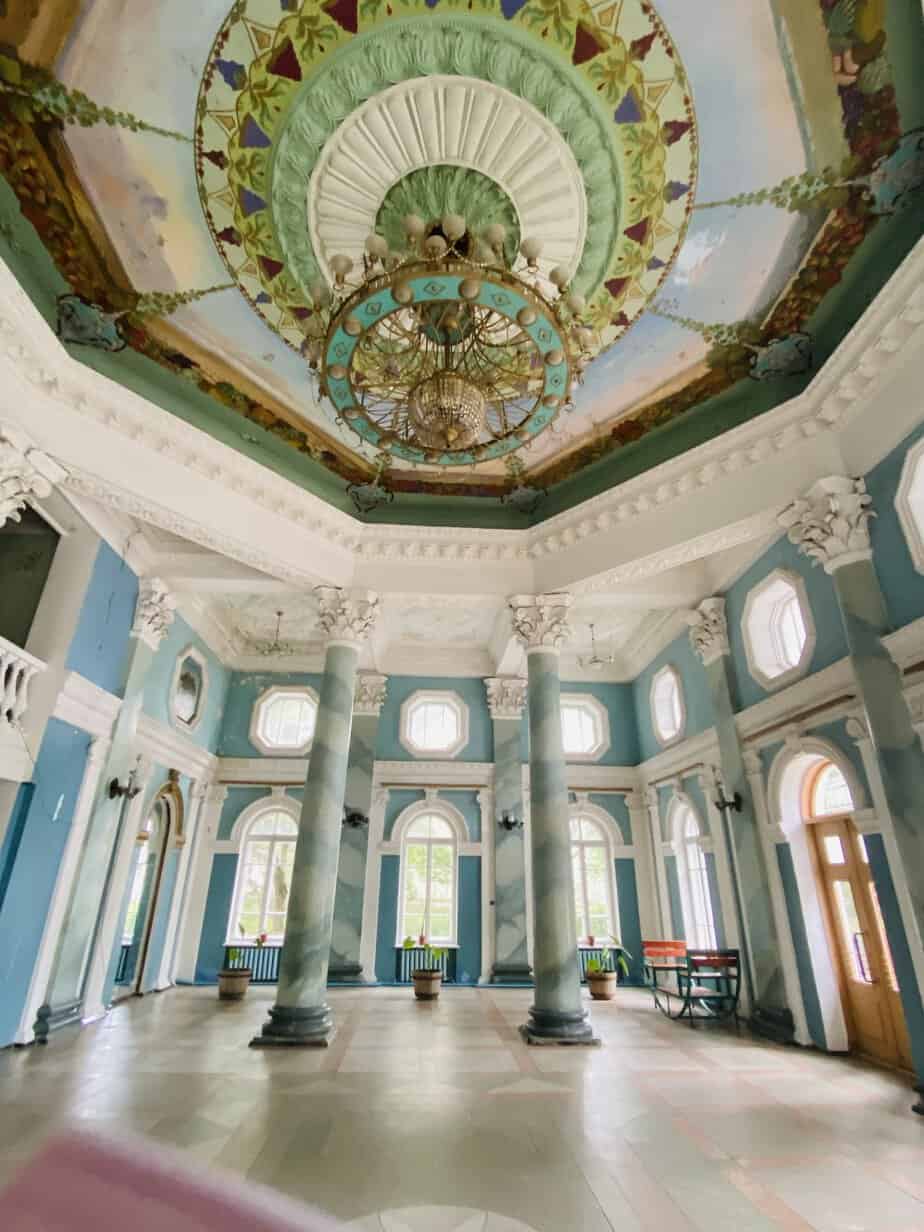
They took me to the town’s cultural center which was in every Soviet town across 11 time zones as they were where locals came to socialize. Cioburciu’s, built in 1953, is beautiful with four big columns at the entryway and marble columns inside under a turquoise chandelier.
Obviously, memories of the Soviet Union are well preserved. With its self-proclaimed independence, how democratic is Transnistria?
“Look, as for democracy, I would be cautious – very cautious – to say that Pridnestrovie is a completely democratic state,” Andrey said. “Let’s say we have to make a lot of progress.”
Like where?
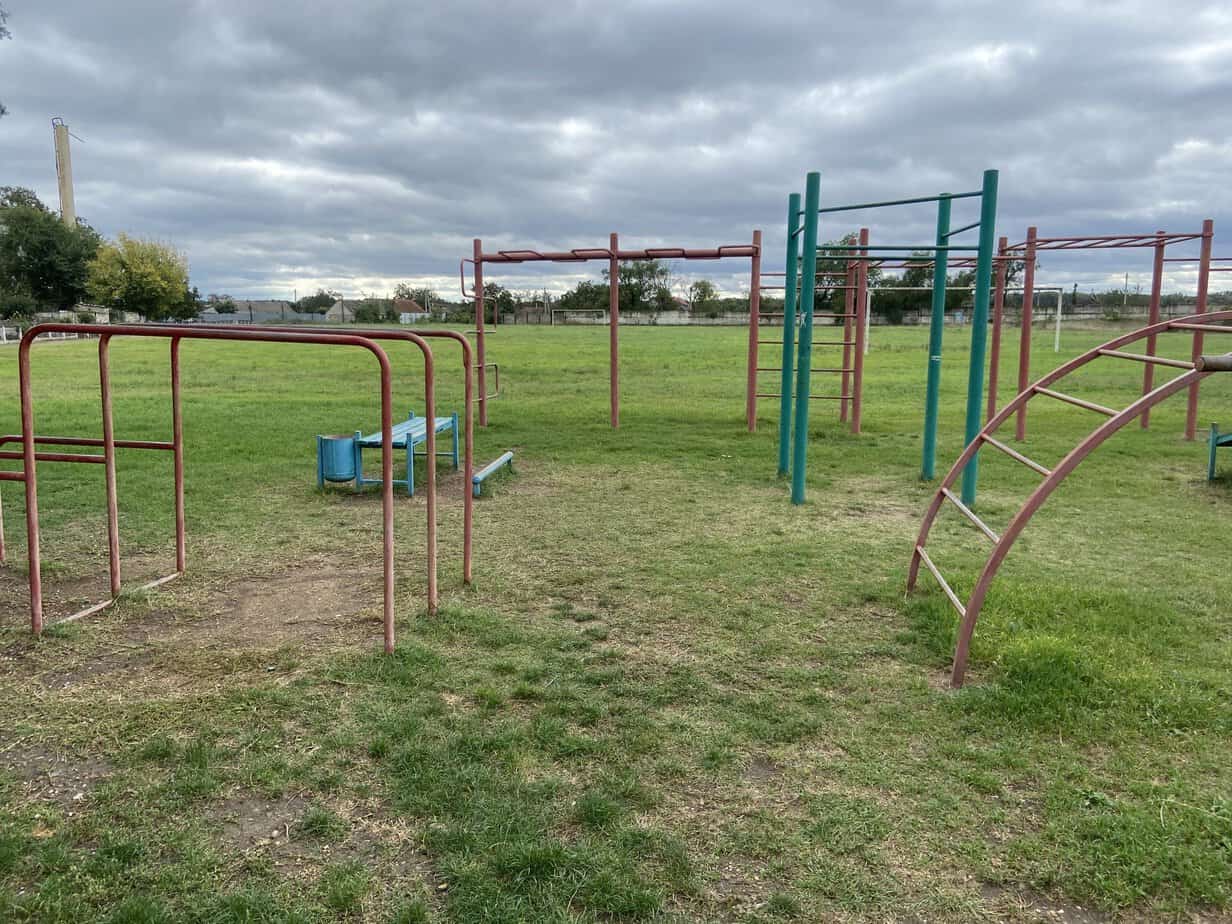
“First of all, many people are poor, very poor here,” he said. “Imagine the situation a pensioner gets. It’s about €90 a month. Is that enough? For survival? Sheer survival? Yes. That’s enough. But we don’t talk about development.”
Before he left, I asked Andrey the million-dollar question, one I read I should not ask. Transnistria is in Moldova but it’s also a breakaway Russian republic on the Ukraine border.
“What do you think of the war in Ukraine?” I said.
He stiffened. In Russia, there are spies. Free speech in Russia is a myth. My question tested the strength of free speech in Transnistria.
“That’s a dangerous question,” he said. “We run from that question. We are scared we could get in trouble. No one talks about it.”
Andrey left me with Valeriu who took me on the Soviet Tour around the streets of Tiraspol. Big and burly standing about 6-foot-4 with a mop of black hair and a scruffy beard, the 31-year-old is an ethnic Moldovan and said he has a one-bedroom apartment where he pays about €300 a month.
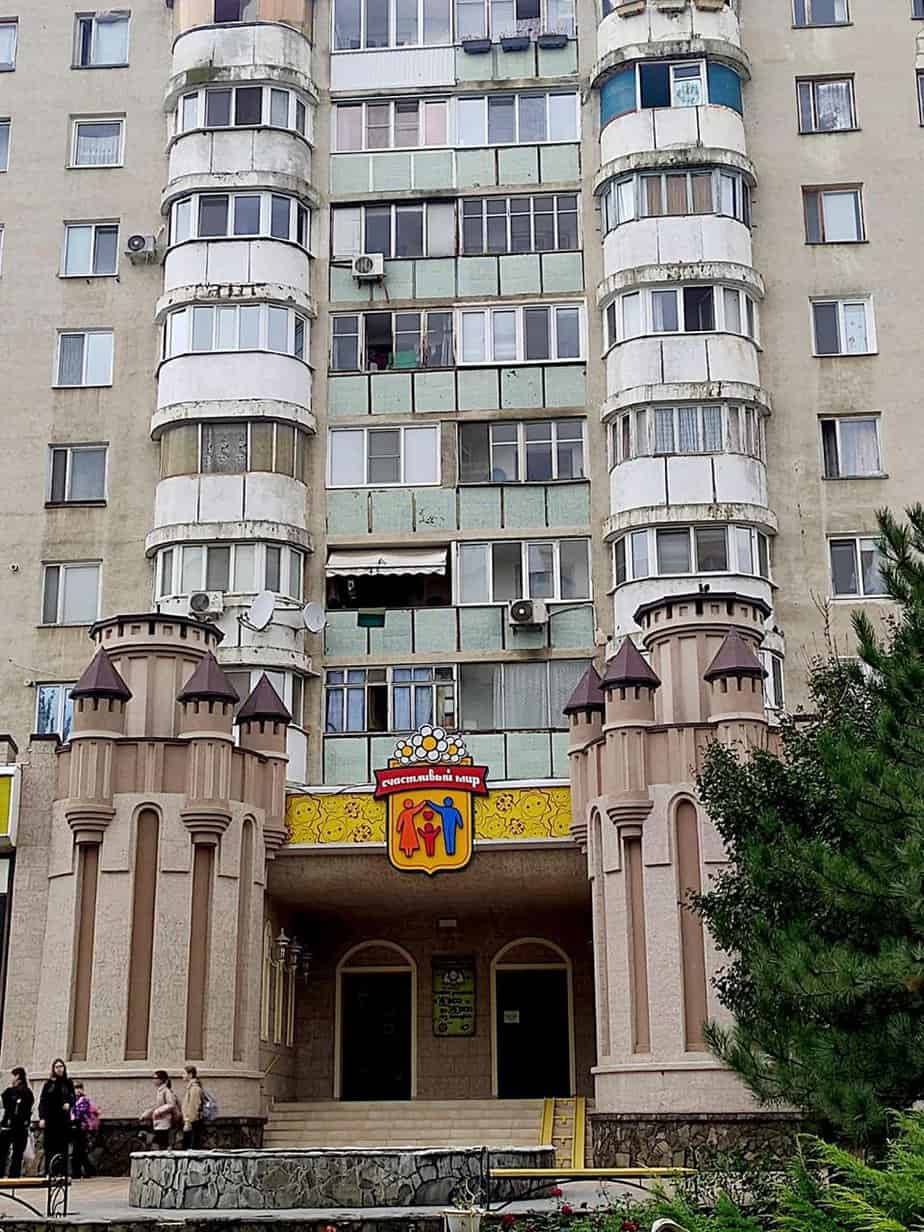
So many apartment buildings from all over the old Soviet bloc look like they came off one bored architecture’s studio in Vladivostok in the ‘50s. Gray concrete blocks with faded paint and dirty windows.
I made note of some of Tiraspol’s beautiful buildings such as the monuments to Lenin and Catherine the Great. The Christian Nativity Cathedral would stand out even in Rome. Why couldn’t they do the same creativity with homes?
“During the time of Stalin, there were other apartment houses that were more fancy,” Valeriu said. “These apartment houses which are very typical of Eastern Europe were built in the time of (Nikita) Khrushchev. He chose practicality over aesthetics. He considered the architecture at the time of Stalin too posh, too fancy. It was not fulfilling the needs of the people.”
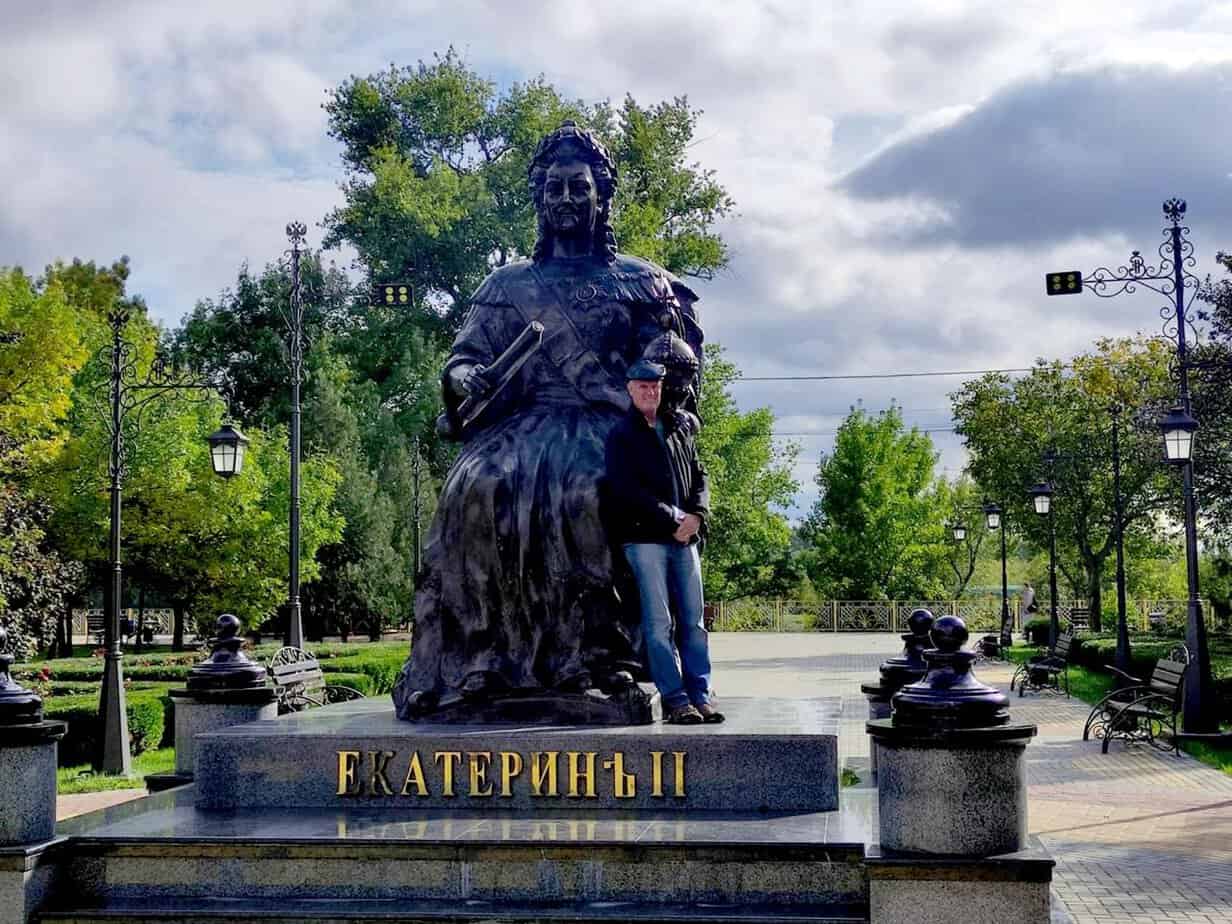
Tiraspol is not a very lively town but it’s clean, uncrowded and interesting. I kept thinking this is a population without a country. But it’s clear they still cling to Mother Russia. We took a bus across the Dniester River to the town of Bender.
On the river bank, a beautiful park with walkways make up for the crumbling abandoned boathouse locals used to boat to the Black Sea during Soviet times. The area is lousy with Soviet-era memorials of their communist past with names like Memorial of Glory and Sorrow and slogans such as “Power to the Soviets.”
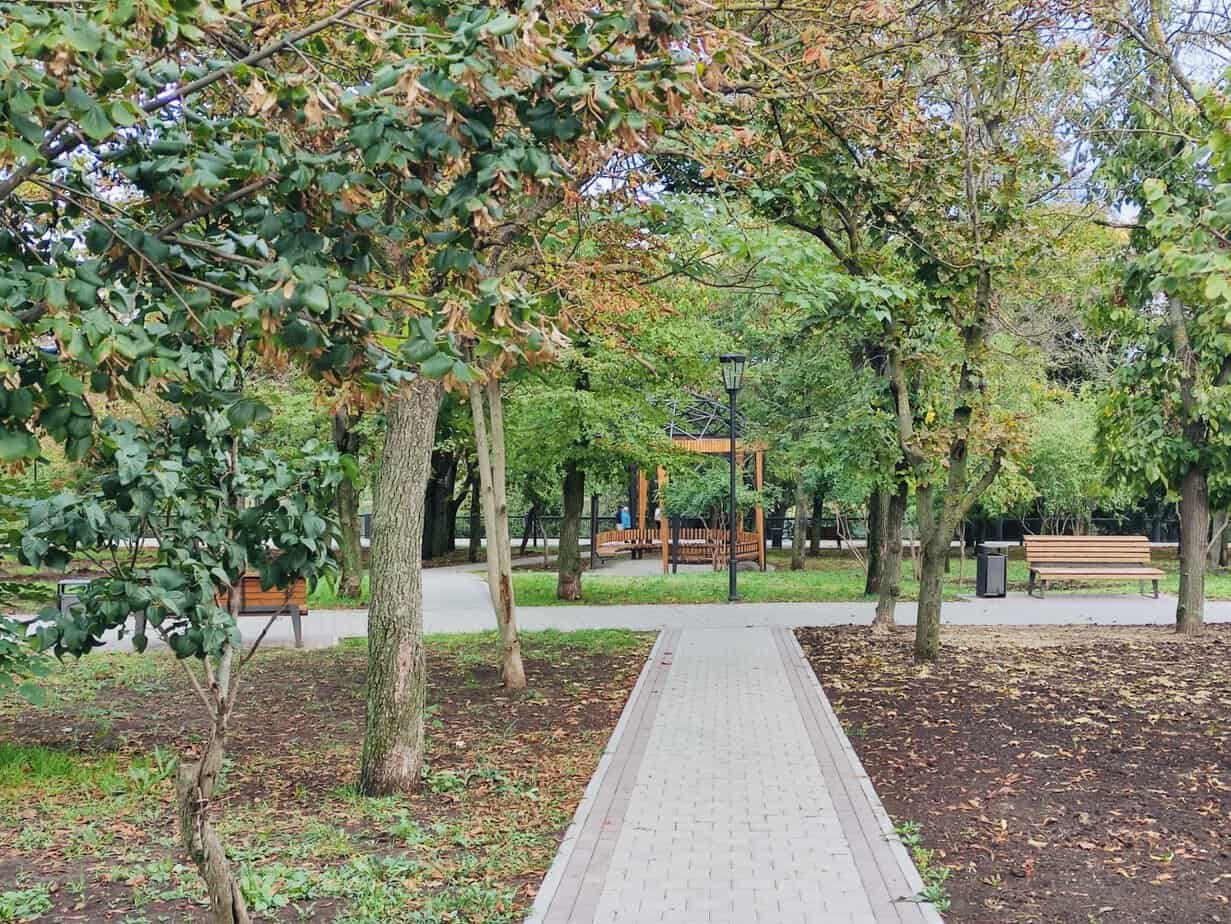
On the bus ride back, I asked Valeriu about the Ukraine War. Not what he thinks. What do his people think? He quietly said about 30 percent back the war.
“The rest,” he said, “keep quiet.”
My stomach was beginning to implode from hunger. After returning to the hotel, I walked a couple blocks to the Sheriff Department Store. Sheriff is Transnistria’s biggest conglomerate which runs car dealerships, appliance stores and the most powerful soccer club in the Moldovan Super Liga, FC Sheriff.
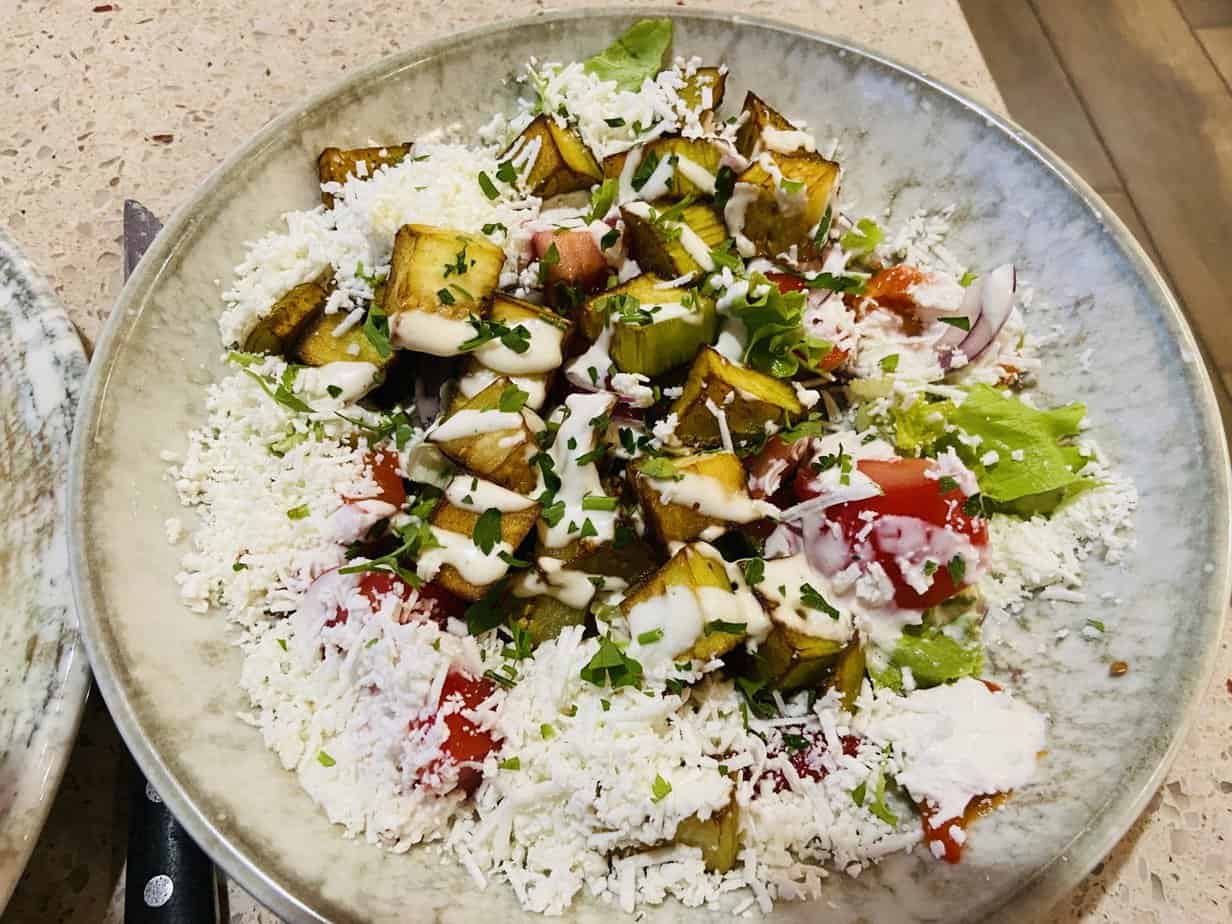
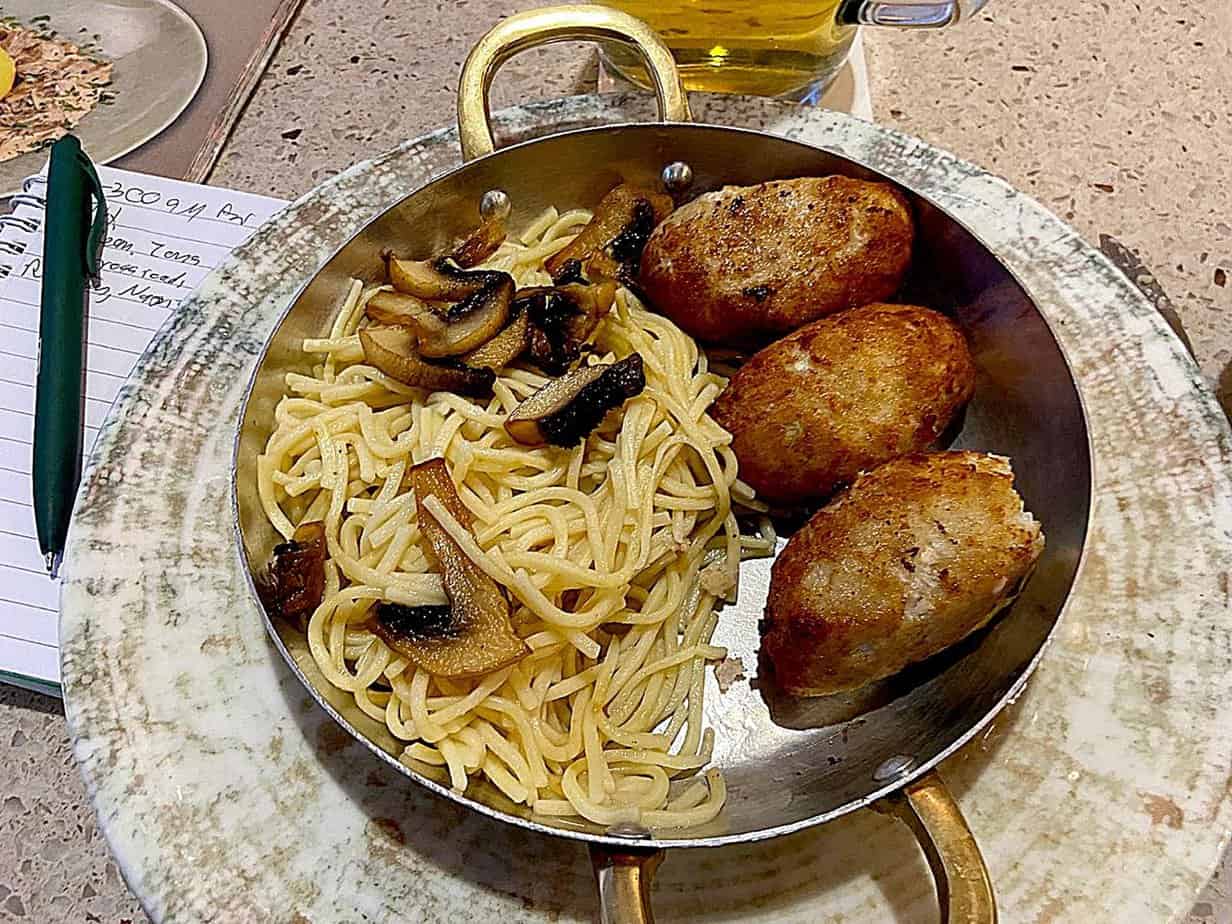
It also runs a great little no-frills restaurant on the second floor called La Tocana. I stuffed myself with a huge salad of tomatoes, onions, bell peppers and fried eggplant covered in sweet cheese shavings along with a chicken cutlet. With a Moldovan beer, dinner was all of €8.
I paid with Transnistrian rubles.
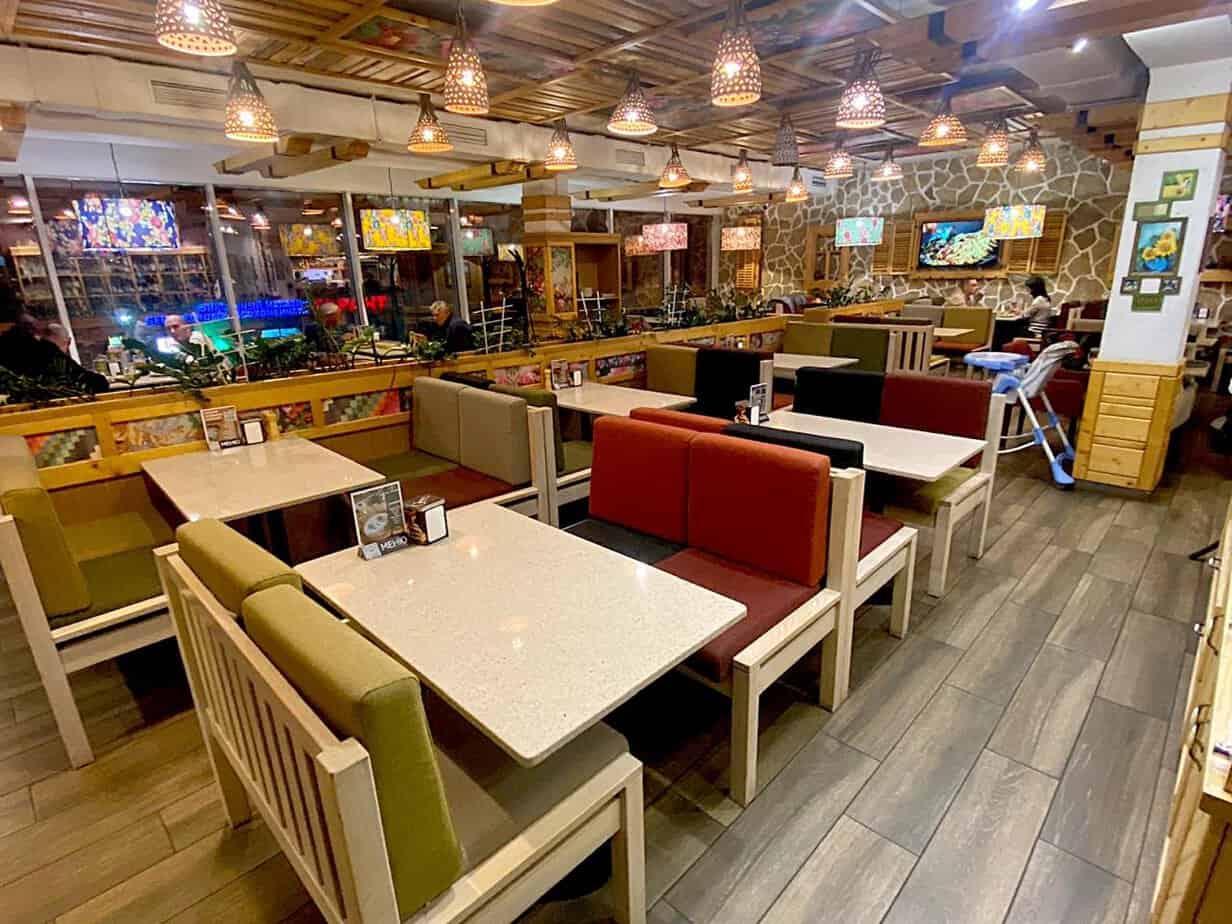
If you’re thinking of going …
Getting there: Buses leave all day from Chisinau’s Central Bus Station for Tiraspol. The two-hour journey is €3-€7. The border crossing into Transnistria is free.
Where to go: PMR Tours, 373-69-427-502, pmr-tours.com, pnrtours@yahoo.com. Excellent tour company with superb, English-speaking guides. It lists 19 tours, from a Mosaic Tour to a Nightlife Tour. I paid €100 total for the Village Tour and Soviet Tour.
Where to stay: CityClub Hotel, Strada Gorki 18, 373-778-66-688, https://cityclub.md, hotel@cityclub.md. Clean and simple near the center of town. I paid €45 for one night.
Where to eat: La Tocana, Shevchenko St. 10, 373-533-67342, 10 a.m.-10 p.m. Located in Sheriff Department Store, it has all the classic Russian dishes. No English menus but photos of everything. Excellent salads and mains starting at about €5.
When to go: Summers aren’t terribly hot with highs in low 80s and lows in low 60s. January it ranges from 20s to low 30s. When I visited in October it was about 63 and cloudy.
For more information: State Agency for Tourism, 25 October Str., Office 201, 373-533-61569, https://tourismpmr.org/en/visitpridnestrovie.


November 26, 2024 @ 3:19 pm
Very interesting. I had never heard of Transnistria until recently when a travel blogger posted from there early this summer (FYI, you provided better and a much more detailed coverage of Transnistria than the other person).
November 26, 2024 @ 5:51 pm
Thanks, James. After all, I is a journalist.
November 26, 2024 @ 4:03 pm
John, super interesting piece! I’ve been fascinated with these breakaways so thanks for this. Appreciate you asking the Ukraine question. Wonder if this is the place Putin starts shit next or if he goes into the Baltics after the Orange Menace withdraws us from NATO
November 26, 2024 @ 5:50 pm
Thanks, Mike. You pose a valid question. I bet on the Baltics. They’re the closest, the smallest. This guy reminds me of Mussolini who wanted to restore the Roman Empire. Let’s hope Putin suffers the same fate.
November 26, 2024 @ 4:11 pm
Great recap of your journey as I have never heard of this country. Thank you for sharing and educating me on this country.
November 26, 2024 @ 5:49 pm
Thanks for the comment, Marc. I wish I could’ve stayed longer and met more people. The few I met were very friendly. I didn’t have time to include this, but once when I couldn’t find my hotel, a group of teenage boys gathered their cell phones’ GPSes and showed me the way. They have no idea the positive impression they left on their country.
November 28, 2024 @ 1:50 pm
Fascinating – an enjoyable read.
November 28, 2024 @ 2:03 pm
Thanks, Gabor. You should visit.